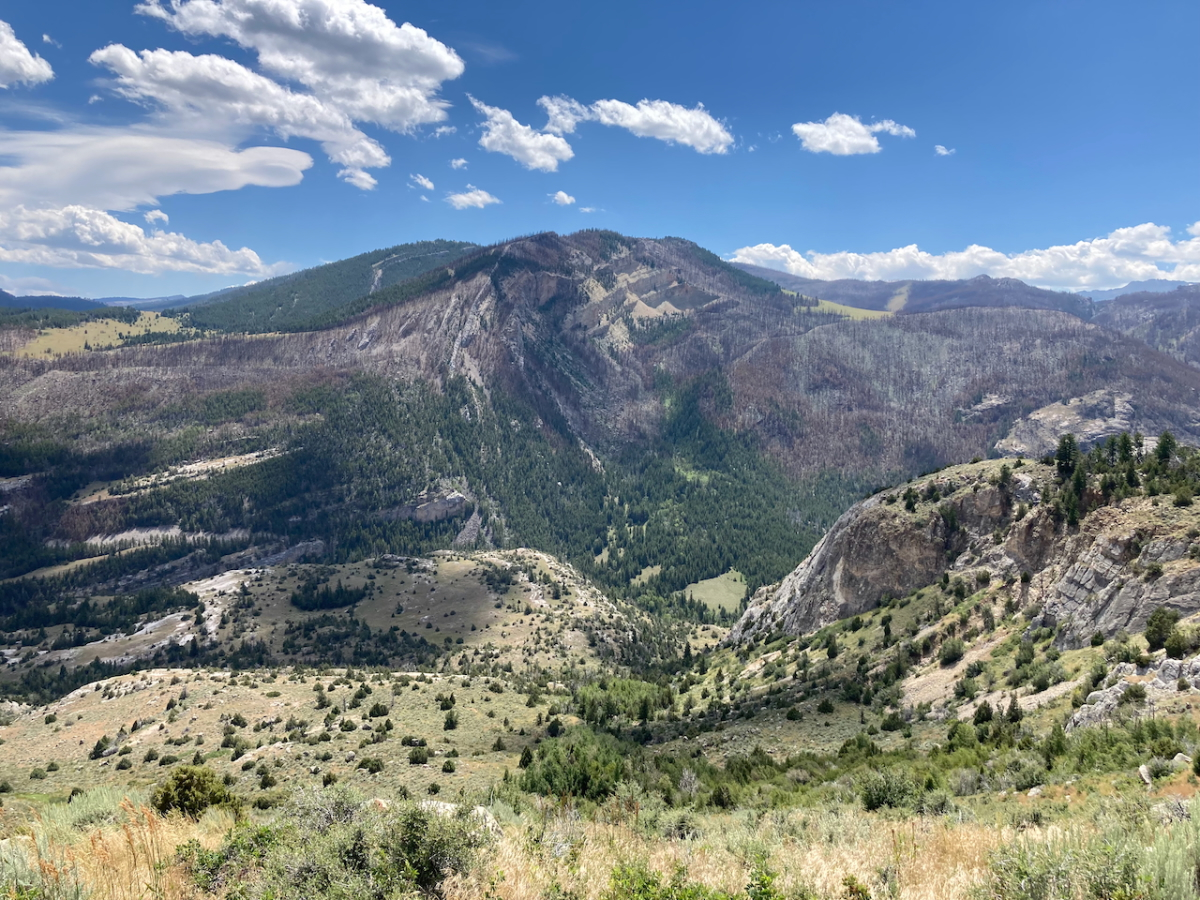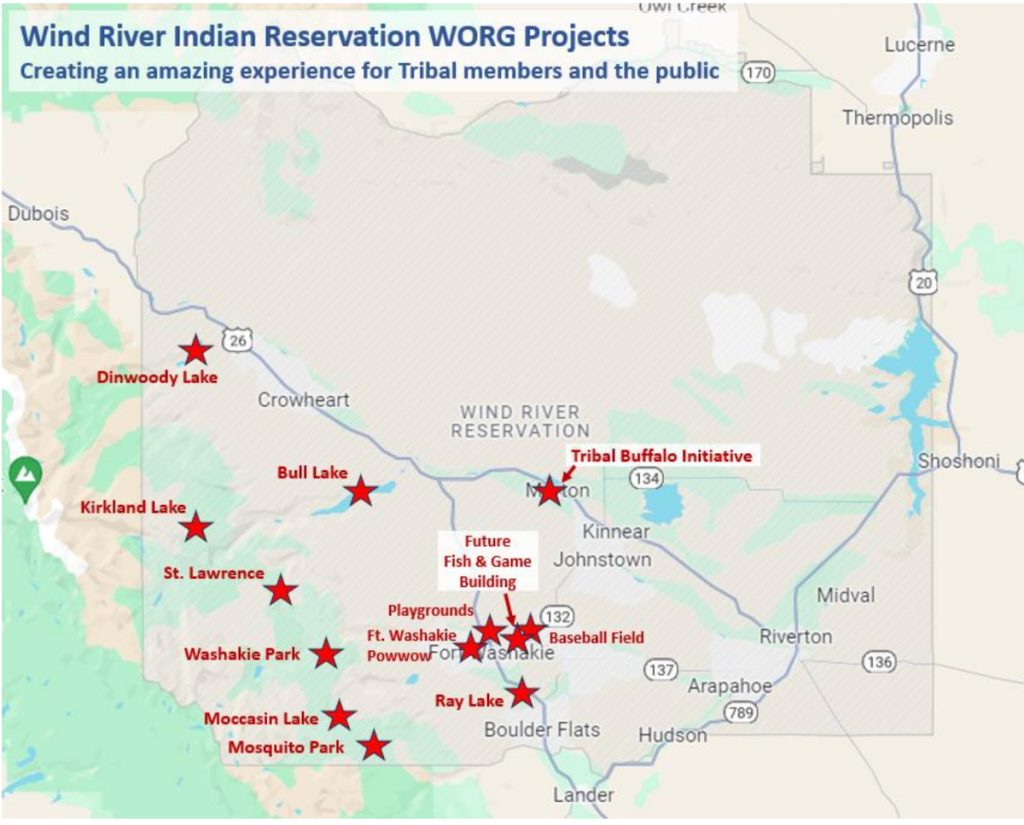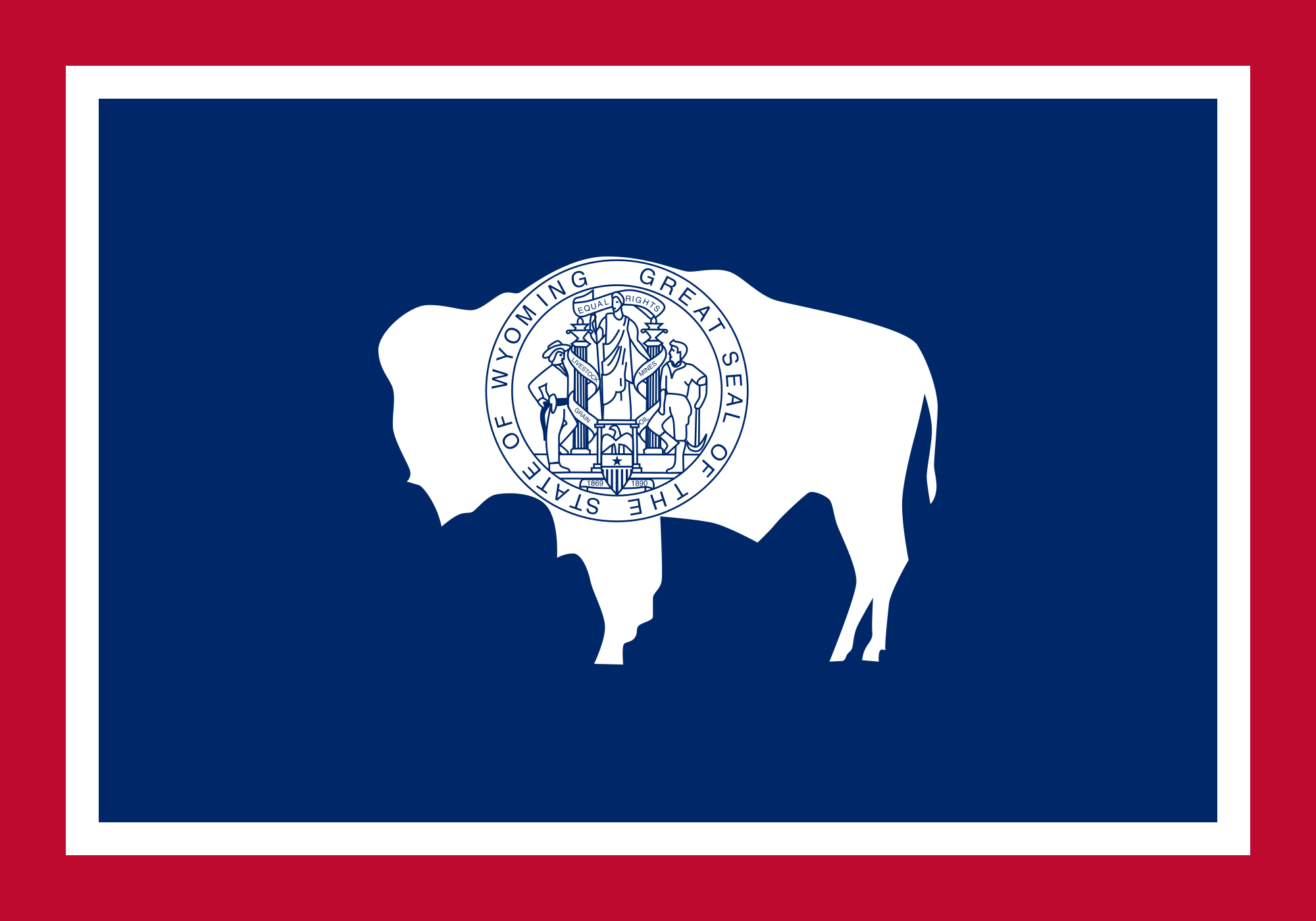With $4M for seven reservation projects, grantees hope to boost Wind River’s outdoor profile
By Wyoming News Exchange
March 26, 2025

The Wind River Development Fund will upgrade trailheads in the rugged Wind River Range thanks to a 2025 Wyoming Outdoor Recreation Trust Fund grant. (Wind River Development Fund)
Nearly half of 2025 Wyoming Outdoor Recreation Program grants will go to projects on the Wind River Reservation, where advocates see a prime destination with room for visitors.
By Katie Klingsporn, WyoFile.com
The 2.2-million-acre Wind River Indian Reservation encompasses frothy rivers and wild mountains, alpine lakes, buffalo herds and rich cultural heritage. The kind of outdoor attractions, in other words, that many western communities leverage to fuel tourism.
Just look at Lander, Thermopolis, Jackson and Dubois, said Paul Huberty, executive director of the Wind River Development Fund.
“Everybody around us has capitalized on the natural resources here, and of course, all of those areas used to be part of the reservation,” Huberty said. “So we know it works.”
The Wind River Development Fund and others on the reservation are planning to undertake several projects aimed at making outdoor recreation more robust and accessible — both for tribal residents and for tourists who flock to nearby destinations to experience iconic landscapes and wildlife. This year, the state is chipping in to help make that happen.
The lion’s share of 2025 Wyoming Outdoor Recreation Program grants will go to projects on the Wind River Reservation. Of 15 projects receiving a total of $17.8 million in funding, seven are on the reservation and earmarked for $4.4 million. The Wind River Development Fund and its partners were awarded six of those.
The state grants dovetail with a major reservation redevelopment project already under way. Last August, the Development Fund was one of six awardees of the federal “Recompete” pilot grant program, which targets areas where prime-age (25-54) employment significantly trails the national average. That hefty award comes with $36 million for eight job-creating projects.
“This is part of a bigger vision for the reservation,” Huberty said of the outdoor-recreation projects. That broader vision encompasses workforce training initiatives to a local farm project and the construction of an ecotourism complex — all aimed at nurturing economic vitality in a place where economic markers place it well behind the rest of the state. The 2022 per capita income in Fort Washakie, for example, was $17,814, according to Huberty — significantly below the statewide per capita income of $76,440 and in a different world entirely from Teton County’s $418,669.
Development Fund Chief Operating Officer Director Erika Yarber, who is Northern Arapaho, considers generations — both past and future — when thinking about the work ahead.
“Our ancestors didn’t go through what they went through for us just to settle for mediocrity like we are,” she said. “We are meant to thrive in our environment and not just survive any longer.”
Projects
Even though the reservation is vast, Huberty said, it’s been carved up over the years, and much of it is held in trust by the federal government. “So it’s not like you can do whatever you want with it.”
Despite those constraints, there is a lot of low-hanging fruit when it comes to developing outdoor recreation, he said. The state grants awarded to the Wind River Development Fund are as follows:
- $791,000 for trailheads at Mosquito Park, Washakie Park and St. Lawrence Basin in the Wind River Range. The project will install signage and tribal permit kiosks and construct or upgrade picnic areas, parking, existing buildings and vault restrooms. Right now, a lack of signs makes it hard for users to even find these spots, Yarber said. “A lot of the trails are completely grown over,” she said. “It’s pretty rugged terrain.”
- $1.2 million for improvements at Bull Lake, Dinwoody Lake, Moccasin Lake and Ray Lake. This project will construct or upgrade kiosks, restrooms, boat ramps, picnic areas and pavilion-type structures.
- $508,000 for the Fort Washakie powwow grounds to enhance the powwow arbor — the circular structure used to hold cultural events.
- $1.1 million for three Eastern Shoshone playgrounds, which are key elements of a larger outdoor sports project. The project will include an ADA playground, an elder playground with equipment meant to help older people move and a children’s playground. Restrooms and tables also are included.
- $78,000 for outdoor sports to rehabilitate a baseball field in Fort Washakie that has fallen into disrepair.
- $333,000 for the Tribal Buffalo Initiative. This project will construct a pavilion-type outdoor education center with a concrete base, picnic tables, signage and a public restroom at the Wind River Tribal Buffalo Initiative — a tribal buffalo restoration project. The goal is to enable the initiative, which is located on Highway 26 on the way to Yellowstone, to be able to host tribal ceremonies, celebrations, visitors and school groups.
The final state outdoor recreation grant awarded for a reservation project earmarks $410,000 for the Northern Arapaho Tribe for improvements to its Ethete powwow arbor.

This map shows the location of Wind River Development Fund-affiliated projects funded by 2025 grants from the Wyoming Outdoor Recreation Trust Fund. (Wind River Development Fund)
Complementary
The state grants are meant to invest in outdoor-based tourism in a way that helps spread out visitor impacts across the state. The growing industry generated $2.2 billion and supported 15,798 jobs in Wyoming in 2023, according to federal data.
The bulk of that tourism is in northwestern Wyoming. In 2024, Yellowstone National Park tallied its second-highest annual visitation at 4.7 million. The Wind River Indian Reservation sits just southeast of the park. Creating nicer visitor amenities could help siphon off some of those visitors and others who come through Fremont County by giving them a reason to stop.
“We know that $167 million comes to Fremont County during tourist season,” said Yarber, who also sits on the Wind River Visitors Council. “And we sit here in our windows and just watch campers and people come and want to have an experience. And there’s just nowhere [on the reservation] for them to spend their money.”
The state grants aim to complement and support the larger work of the federal Recompete Grant. That federal package includes $9.75 million to build a 14,000-square-foot buffalo center for the Tribal Buffalo Initiative. Another component is $6.5 million to construct a wildlife museum and new ecotourism center for the Tribal Fish and Game office in Fort Washakie. A workforce development component will assist community members with attaining certifications that include trail building, while a wellness component aims to incentivize healthier communities.
Outdoor recreation ties into all of those, Yarber and Huberty said.
While the Development Fund was the lead applicant for the grants, Yarber and Huberty stressed that community organizations are co-applicants for individual projects. Partners include the Tribal Buffalo Initiative, Eastern Shoshone Tribe, Wind River Food Sovereignty Project and Central Wyoming College.
“This is not just us, this is the community coming together,” Huberty said. “There’s no way we could do this all on our own, and we wouldn’t want to.”
Federal uncertainties?
The vision is ambitious, and the parties have a lot of work to do. Wind River Development Fund and partners will be hiring soon for the outdoor recreation projects, though crews won’t be able to get into mountainous areas for trail work until summer. Those state grants are supposed to be finished by the end of 2026.
The reservation will never be as popular as a national park, and nobody wants that. But the initiatives can help not only create but sustain economic activity, Huberty and Yarber said.
While there’s uncertainty with federal grants amid funding freezes and job cuts propelled by President Donald Trump and Elon Musk’s DOGE efforts, Huberty said, his organization hasn’t seen any indication of funding decreases. Still, they are proceeding with caution.
“We were just about to take off running,” Huberty said. “And instead what we’re going to do is just, walk.”
WyoFile is an independent nonprofit news organization focused on Wyoming people, places and policy.

